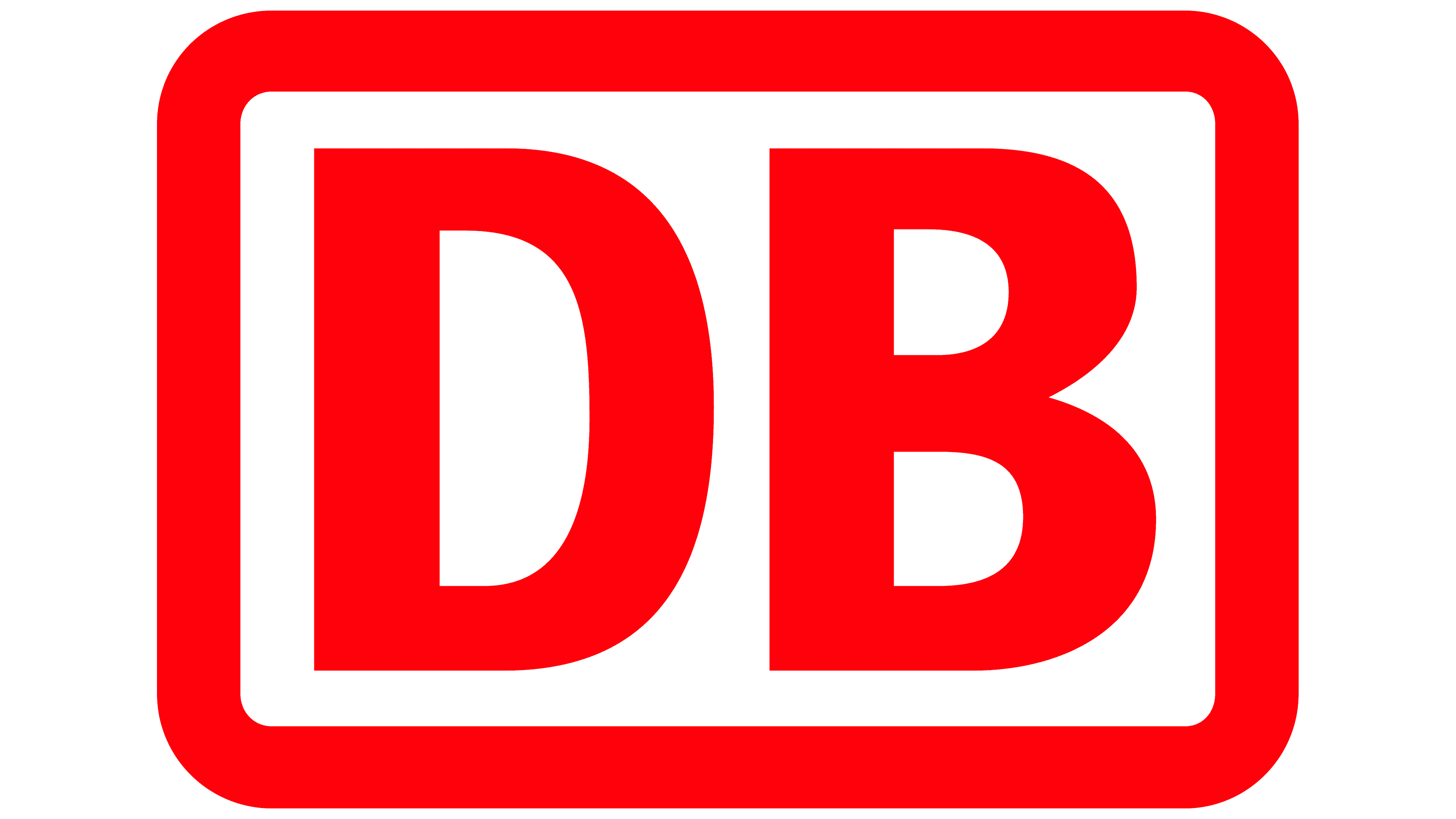Digitalization is all around us, and rail transportation is no exception. At Deutsche Bahn, that means creating new digital interlockings (DSTW: Digitale Stellwerke). Campana & Schott was able to establish best practices for this field through a combination of expertise, methods, and tools in the areas of project management and scheduling.

In its role as a partner with a framework agreement with Deutsche Bahn and pronounced infrastructure expertise, Campana & Schott has actively supported DB Netze in bringing the preliminary planning phase for establishing digital interlockings within the “Karlsruhe / Saarbrücken Portfolio” organizational unit to a successful close. The standards that have now been established will enable significantly more efficient project planning and management of work packages at Europe’s largest provider of rail infrastructure.
The DB Netze umbrella brand encompasses Deutsche Bahn’s four infrastructure companies: DB Netz AG, DB Station&Service AG, DB Energie GmbH, and Deutsche Umschlaggesellschaft Schiene-Straße mbH. These innovative, forward-looking companies create the conditions for safe, secure, ecofriendly, and sustainable mobility throughout Germany and Europe more broadly.
Two tools in use at once
DB Netze uses various solutions for project management and scheduling to design and operate its transportation networks. Scheduling is typically done in Microsoft (MS) Project, while work packages are managed in Jira, from Atlassian. This presents several challenges at once. While the standard schedule for milestones provides a good overview of the entire project, determining concrete work steps with specific deadlines is a laborious process involving cascades. This meant that the objective of working with Campana & Schott was to establish a significantly more efficient solution. Another goal was to simplify the integration of additional sources of information, such as meeting minutes or external service providers’ schedules.
Yet another aim was adjusting the granularity as part of work package management so that deadlines could be displayed on a weekly or daily basis depending on the project phase. And finally, the team was supposed to introduce an interface between scheduling in MS Project and work package management in Jira so synchronization between the two systems could be automated.
Detailed scheduling made possible
With an eye to schedule management for purposes of planning the digital interlockings, Campana & Schott was able to achieve the cascading of milestones via key points, activities, and work packages all the way through to daily tasks. These are now created and prioritized on a standardized basis as work packages in Jira.
Through cooperation with the DB Netze team, the detailed short-cycle tasks that are also required were identified and set up in the tool as well. The degree of completion of work packages is shown in an individually configured dashboard.
Furthermore, project schedules from key service providers were incorporated as an additional source to create a standardized schedule for all those involved. This information is used to update the project schedule by phases and on an ongoing basis.
Agile methods for project management
The goal of work package management is to establish transparency regarding the current status of all activities, set priorities for processing, and identify the resources needed at each stage. This was made possible by introducing methods and processes from the agile working world. Tasks are now processed and managed in sprints.
Scheduling rounds aimed at defining tasks for working on complex topics were established, as were regularly scheduled meetings for shared identification and allocation of further tasks within the project team. Project work is made easier through user-friendly visualization and navigation through project rooms for subprojects. Overarching views and individual dashboards are also available to provide an overview of the current degree of completion based on individual responsibility, trade or craft, or project. This means every employee is always kept informed of the relevant tasks and priorities and the status of each. The information shown also serves to prepare decision-making documents and calculate scenarios. Improvement measures are identified through retrospectives.
To better coordinate tasks in MS Project and Jira, Campana & Schott defined a number of guidelines as the first step. The schedule in MS Project acts as a form of reference, for example, and must be kept up to date at all times by the person doing the planning. Relevant adjustments must be imported into Jira.
As the second step, the schedules in MS Project were prepared for automatic reconciliation with the task planning in Jira. The forecast end dates of the tasks in Jira are now regularly compared against the schedule in MS Project. This makes it possible to manage the effects of day-to-day task management on how the entire project goes. Transfers of data in the other direction, from MS Project to Jira, also take place within the framework of automated synchronization. This enhances data quality and conserves resources.
The standards and processes involved in scheduling and work package management are now also integrated into Jira and have been implemented in what is known as a dynamic project map. This map is a Jira-based visualization of project milestones and processes as a basis for monitoring progress and managing tasks within the project.
Efficient project planning and management
Milestones, key points, and activities are now specified as standard for project planning purposes. The standard can be adjusted individually right down to the activity level. Activities can be supplemented in turn with work packages and substructures down to the level of tasks to be completed on specific dates. There have also been numerous efficiency gains in terms of project management. The project team works its way through tasks continuously and regularly reports task status to the project management. The management works with the project team to assess progress, make decisions, and identify suitable actions to take.
The solutions and approaches established have passed all internal quality controls and “stress tests.” Campana & Schott has now turned over the results and management tasks to internal points of contact at DB Netze, who are applying the processes and tools daily in the course of their scheduling and project management activities. In comparable projects, Campana & Schott is also continuing to advise and support DB Netze with enthusiasm during project management.
DB Netz AG is responsible for a network encompassing nearly 33,300 kilometers of railways, including all of the equipment and facilities needed for operation. This makes it Europe’s biggest provider of rail infrastructure. Its key role lies in providing a high-quality, highly available infrastructure for more than 450 transportation companies and managing the operation of that infrastructure. The company is also responsible for expanding and further developing the rail infrastructure through investments in the existing network, new spurs and extensions, and modern control and safety technology.
The digitalization of interlockings plays a crucial role here, not least due to the Europe-wide initiative for the standardized European Train Control System (ETCS). This will make the rail network more reliable and allow more trains to travel on the same stretch of railway. Further advantages include better train dispatching and scheduling, more possibilities of entering train stations during regular and construction site operation, and lower maintenance costs. Customers will benefit from shorter travel and wait times and more accurate information when this step is in place.






